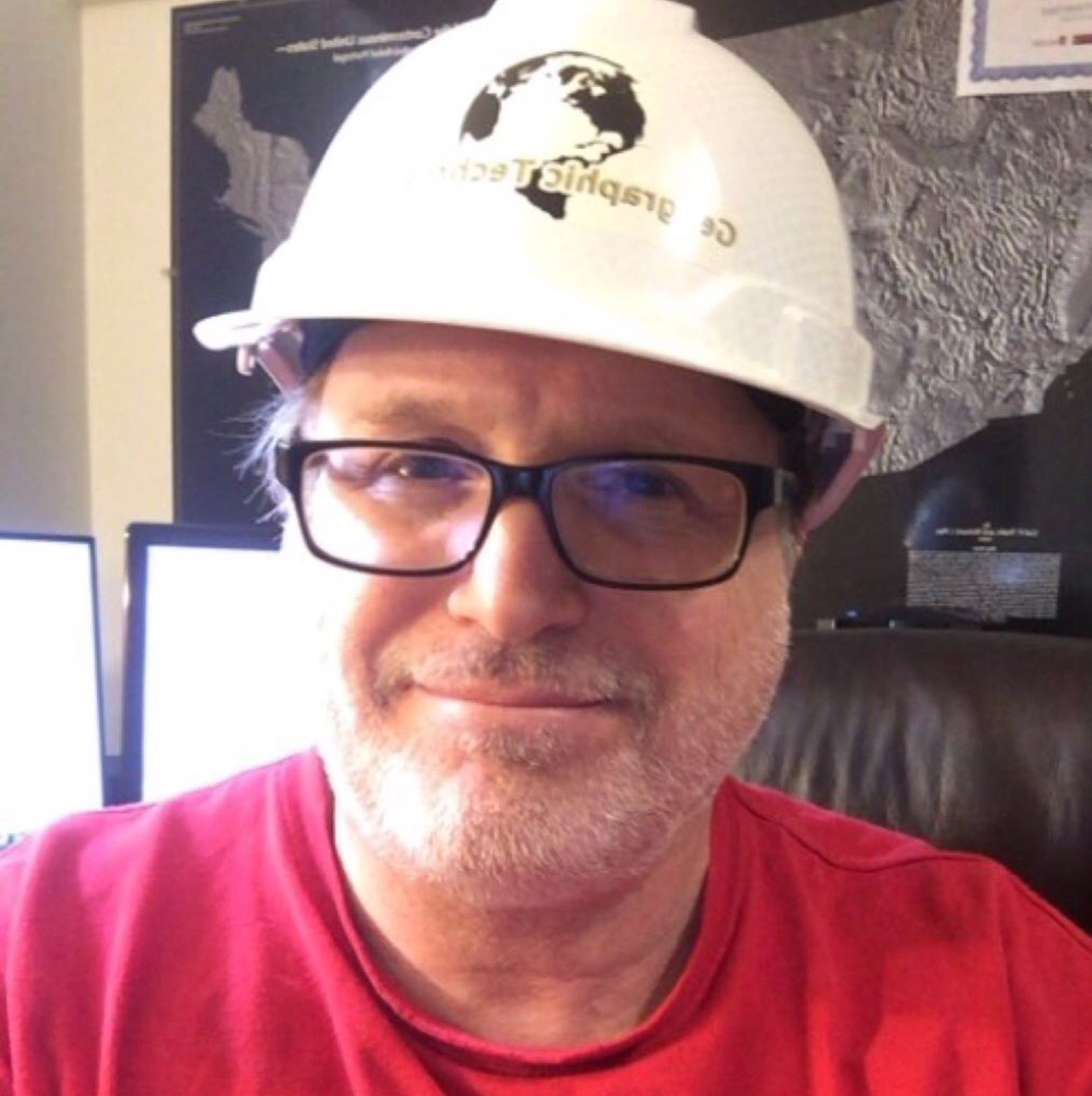Flying Around, Virtually
- Douglas Norgord

- Feb 17, 2022
- 3 min read
In my last blog I previewed a short "fly-through" for a portion of the Driftless Trail. Although the movie clip was just I tease for what can be created with LiDAR, these fly-through visualizations can be highly effective for portraying the terrain and land use at a particular location.
LiDAR, which is an acronym for Light Detection And Ranging, has been used for decades to gather highly detailed three-dimensional data about the terrain, vegetation, buildings, and the detection of ancient and modern earthworks. Mostly acquired via aerial means, LiDAR technology has matured enough to be incorporated into automobile, construction, and smartphone technologies. It has become the de facto standard for deriving high resolution digital elevation models (DEMs), digital terrain (DTMs), and digital surface models (DSMs), and are used extensively in preparing engineering and cartographic mapping products. Alongside standard surveying practices, LiDAR can substantially enhance the accuracy of land measurement.
Recently, LiDAR has become more available as collaborations between federal and local governments, and private and non-profit organizations, begin to acquire more and more land information. Classification of the point could data is better standardized and differentiation of the various data types (ground, vegetation, water, roads, building, rooftops, etc.) is more highly discernable. Data warehousing has increased to the point where publicly available LiDAR data (and derivatives) can be downloaded for free or at minimal cost. This has made it more cost-effective for small businesses, like Geographic Techniques, to incorporate it into their mapping strategies, which offers more variety and greater value to their customers.
At Geographic Techniques, we have employed LiDAR and LiDAR-derived products in a variety of mapping projects, including trail and land management maps. We've tinkered with fly-through visualizations in the past, but that was with using just DEMs and orthomosaic aerial imagery, without the LiDAR point cloud itself. Since then, our processing power has increased substantially, and the viewing and processing of point clouds has become much more efficient. In other words, we can easily show more three dimensional detail when it comes to trees and structures in our three dimensional maps. However, as with most things, visual quality is dependent on the resolution and integrity of the LiDAR data and its derivative products. Fortunately, LiDAR is getting better all the time.
All this being said, let's get back to fly-throughs, or "fly-arounds" in this case. Being a bit infatuated with the process lately, I utilized a recently downloaded a set of Monroe County, Wisconsin LiDAR point cloud data and derived DEMs, and produced a 50-second long fly-around movie clip of a 200-acre parcel of property near the City of Sparta (attached below).
The flight path begins along the eastern portion and circles counter-clockwise around the outer edge of the property looking inward. The first portion of the clip visualizes the DTM only. Colors depict the change in elevation, from lowest (blues) to highest (reds). The clip gradually transitions to an early Spring view with a leaf-off aerial image overlay and the LiDAR point cloud defining the land types. The point cloud in this case takes on RGB values associated with the aerial image, so the ground and trees, for example, look like they should in the image, but with three dimensional characteristics. Eventually, the clip transitions to Summer leaf-on aerial image and you see a lot more green vegetation and crops.
Below is an east to west profile across a portion of the property. Ground elevation and tree heights are clearly visible, as well as buildings in lower left area of the chart.

Data sources: Wisconsin WROC (Monroe County LiDAR and aerial imagery), USDA (NAIP aerial imagery).
LiDAR has been a real game changer for mapping applications, even more so as availability, accuracies, and processing capabilities have gotten much better. Please let us know if you are interested in LiDAR for your mapping needs, or, perhaps, a fly-around visualization of your property. We would love to help!





Comments